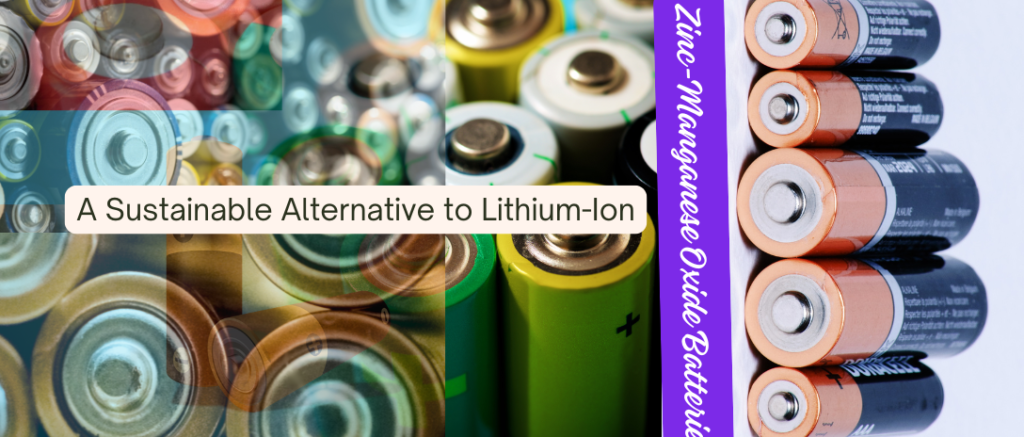Zinc-Manganese Oxide Batteries: A Sustainable Alternative to Lithium-Ion
Zinc-Manganese Oxide Batteries: A Sustainable Alternative to Lithium-Ion Researchers at the Department of Energy’s Pacific Northwest National Laboratory (PNNL) have made significant strides in zinc-manganese oxide (ZMO) battery technology. This advancement promises to revolutionize energy storage solutions, offering a more sustainable and cost-effective alternative to current lithium-ion batteries. The Breakthrough PNNL scientists, collaborating with the University of Washington, have overcome longstanding challenges in ZMO battery technology. Their research revealed that zinc undergoes a reversible chemical reaction with manganese oxide, converting active materials into entirely new ones during the charge-discharge cycle This discovery addresses previous issues of rapid capacity loss and short lifespan that had hindered ZMO batteries’ commercial viability. Key Advantages of ZMO Batteries Cost-Effectiveness: ZMO batteries use more abundant and inexpensive materials compared to lithium-ion batteries, potentially reducing production costs significantly Environmental Impact: With zinc and manganese being more readily available and less environmentally harmful to extract, ZMO batteries present a greener alternative to lithium-ion technology Safety: These batteries are inherently safer, with a lower risk of thermal runaway and fire compared to lithium-ion batteries Performance: Recent advancements have pushed ZMO batteries to achieve 285 milliAmpere-hours per gram of manganese oxide over 5,000 cycles, retaining 92% of initial storage capacity Applications and Potential ZMO batteries show promise for large-scale energy storage applications, particularly in supporting renewable energy systems and power grids Their stability and cost-effectiveness make them suitable for: Grid-level energy storage Backup power systems Portable electronics Electric vehicles (with further development) Challenges and Future Directions While the recent breakthrough is significant, researchers continue to work on improving the technology: Energy Density: Current ZMO batteries have lower energy density compared to lithium-ion, which researchers aim to enhance Cycle Life: Although greatly improved, further increasing the number of charge-discharge cycles remains a focus. Electrolyte Optimization: Ongoing studies are exploring electrolyte modifications to further improve battery performance Conclusion The advancements in zinc-manganese oxide battery technology represent a promising step towards more sustainable and affordable energy storage solutions. As research progresses, we may see these batteries playing a crucial role in our transition to cleaner energy systems, potentially rivaling or complementing lithium-ion batteries in various applications by 2027.This breakthrough not only offers a path to reduce our reliance on scarce and environmentally problematic materials but also opens up new possibilities for large-scale energy storage that could accelerate the adoption of renewable energy sources worldwide.


